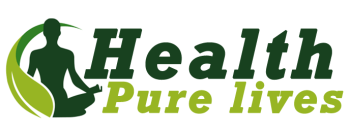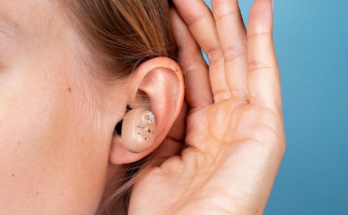Going to the eye doctor for the first time can feel daunting. But knowing what to expect can ease those nerves. The visit usually starts with a friendly greeting at the front desk. You might fill out some basic forms about your health history. Then, you’ll meet with the eye doctor. They will ask about any vision concerns you have. Next, you’ll have a series of eye tests. These are usually quick and painless. The doctor checks how well you see near and far. They also assess your eye health using special tools. If you’re curious about specific treatments, like Modesto cataract surgery, this is a good time to ask questions. Finally, the doctor will share their findings. They may suggest glasses, contacts, or further treatment. Keeping your eyes healthy is important, and this first visit is a big step. Remember, routine care is more effective after treatment.
The Initial Assessment
During your visit, the eye doctor will perform a series of tests. These tests help understand your overall vision and eye health. This initial assessment is crucial for detecting any underlying issues. Here are three common tests:
- Visual Acuity Test: This measures how well you see. You read letters on a chart at various distances.
- Refraction Test: This determines your prescription for glasses or contact lenses.
- Eye Muscle Test: This checks the movement of your eyes to ensure they align properly.
Each test provides valuable information. They guide the doctor in recommending the best course of action for your vision needs.
Understanding Eye Health
Aside from testing vision clarity, the doctor examines the health of your eyes. They look for signs of common eye conditions like glaucoma or cataracts. The use of specialized equipment like a slit lamp helps in this process. This tool magnifies the eye structures, allowing a detailed examination.
For more information, check out the National Eye Institute resources on common eye conditions.
Discussing Your Lifestyle and Needs
Another important part of the visit is discussing your lifestyle. This can influence the doctor’s recommendations. For instance, someone who works at a computer all day might need different solutions than someone who works outdoors. It’s essential to be open about your daily habits and any difficulties you experience.
Comparing Corrective Options
If you need vision correction, you have several options. Here’s a simple comparison:
| Option | Pros | Cons |
|---|---|---|
| Glasses | Easy to use and maintain; variety of styles | Can be inconvenient for sports; may fog up |
| Contact Lenses | Provide a natural field of vision; no frames | Require regular cleaning; can cause dry eyes |
| Laser Surgery | Permanent correction; no daily maintenance | Higher upfront cost; potential side effects |
This table gives a quick overview. Discuss these options with your eye doctor for tailored advice.
After the Appointment
After your visit, it’s important to follow the doctor’s advice. Whether it’s wearing new glasses, trying contact lenses, or considering further treatment, each step is vital. Keeping up with routine eye exams ensures your eyes remain healthy. According to the CDC, regular eye exams are crucial, even if you think your vision is fine.
Conclusion
Your first visit to the eye doctor is a significant step in maintaining eye health. Understanding what to expect can make the experience smoother. From initial assessments to exploring corrective options, each part of the visit is designed to support your vision needs. Take this opportunity to ask questions and learn more about caring for your eyes. With informed decisions, you can enjoy clear vision and healthy eyes for years to come.




